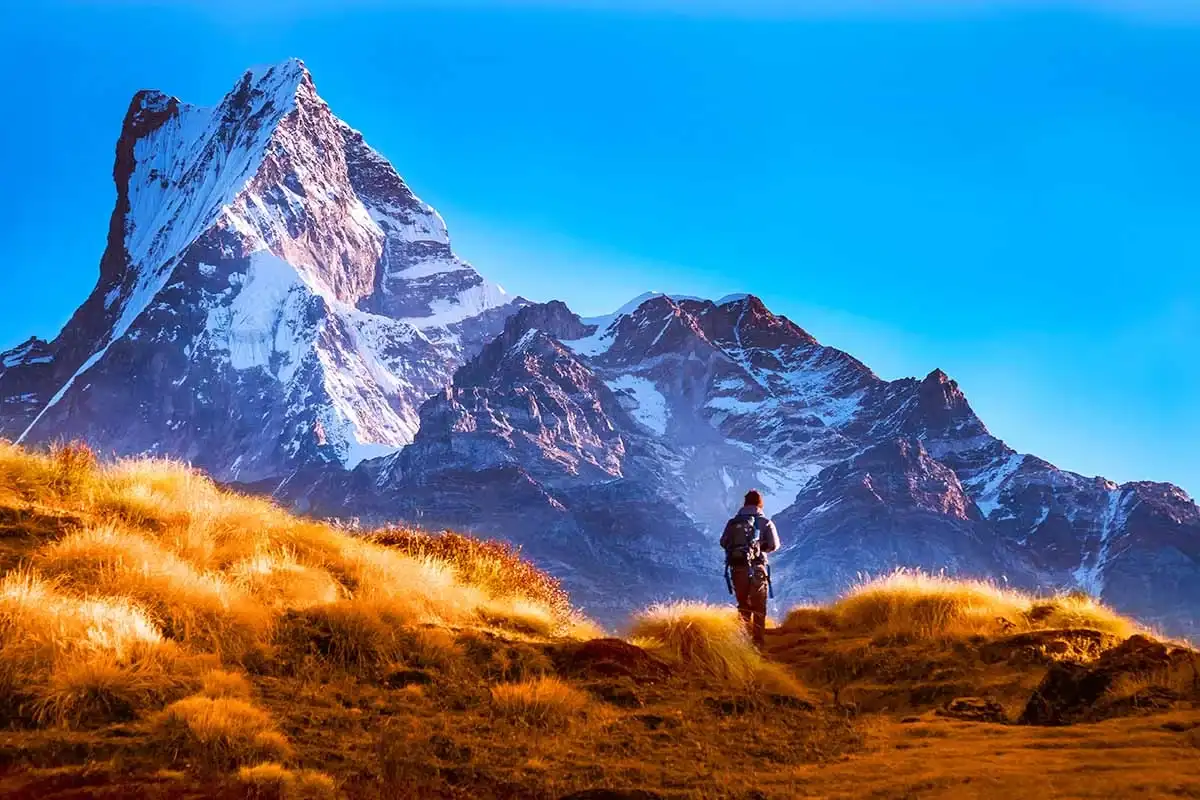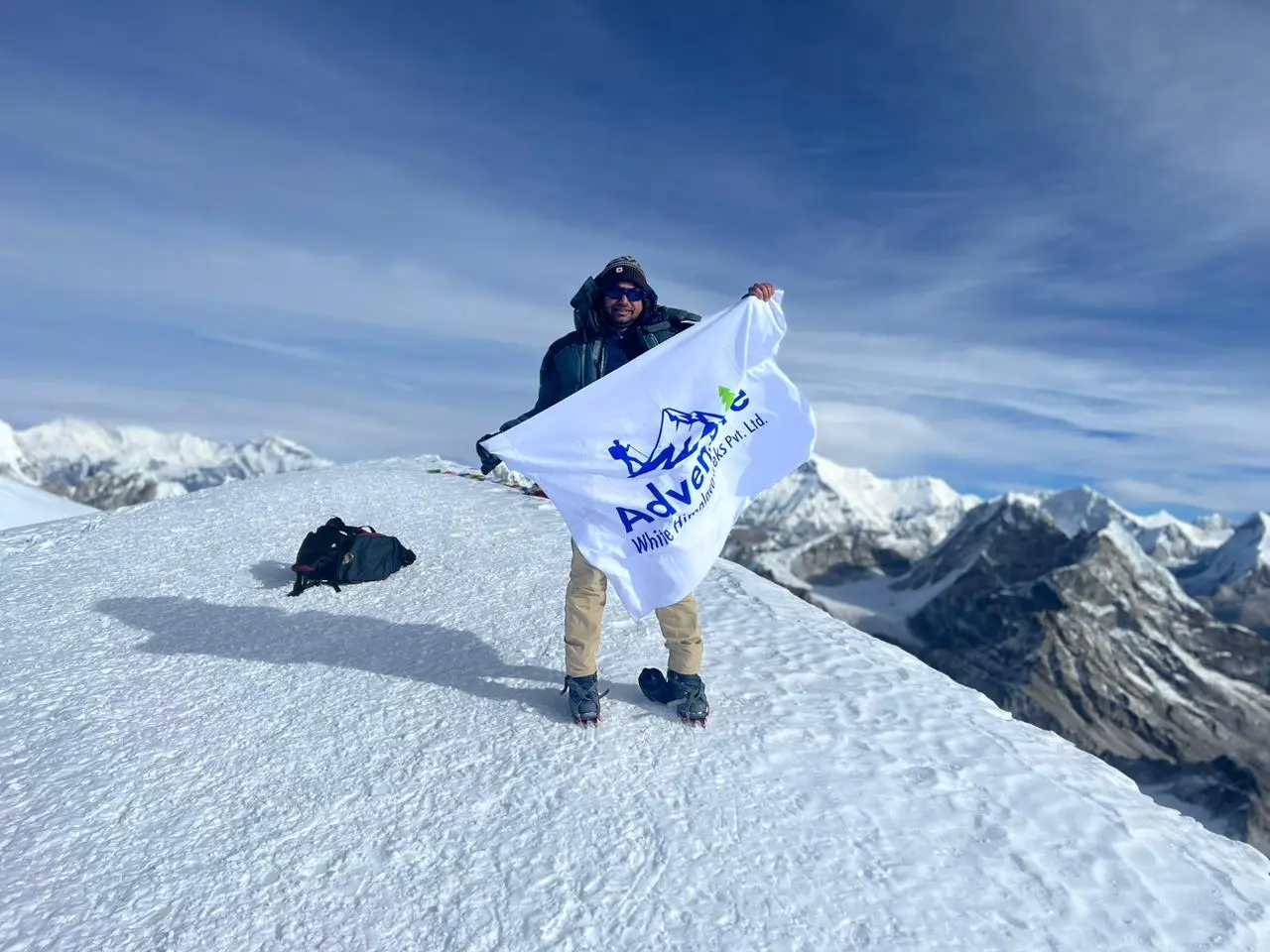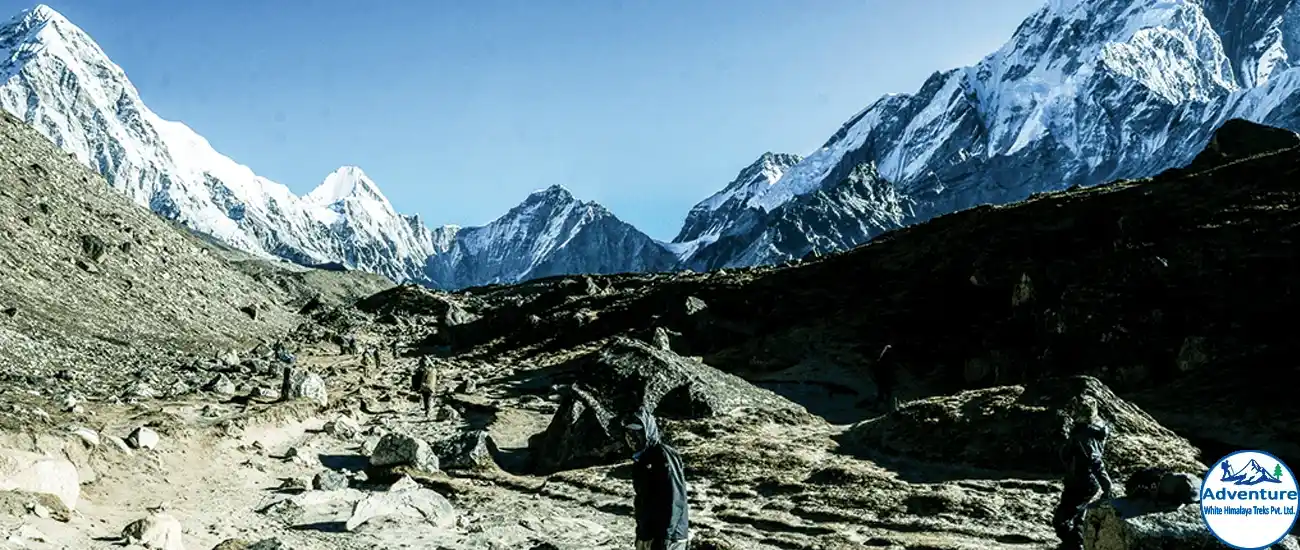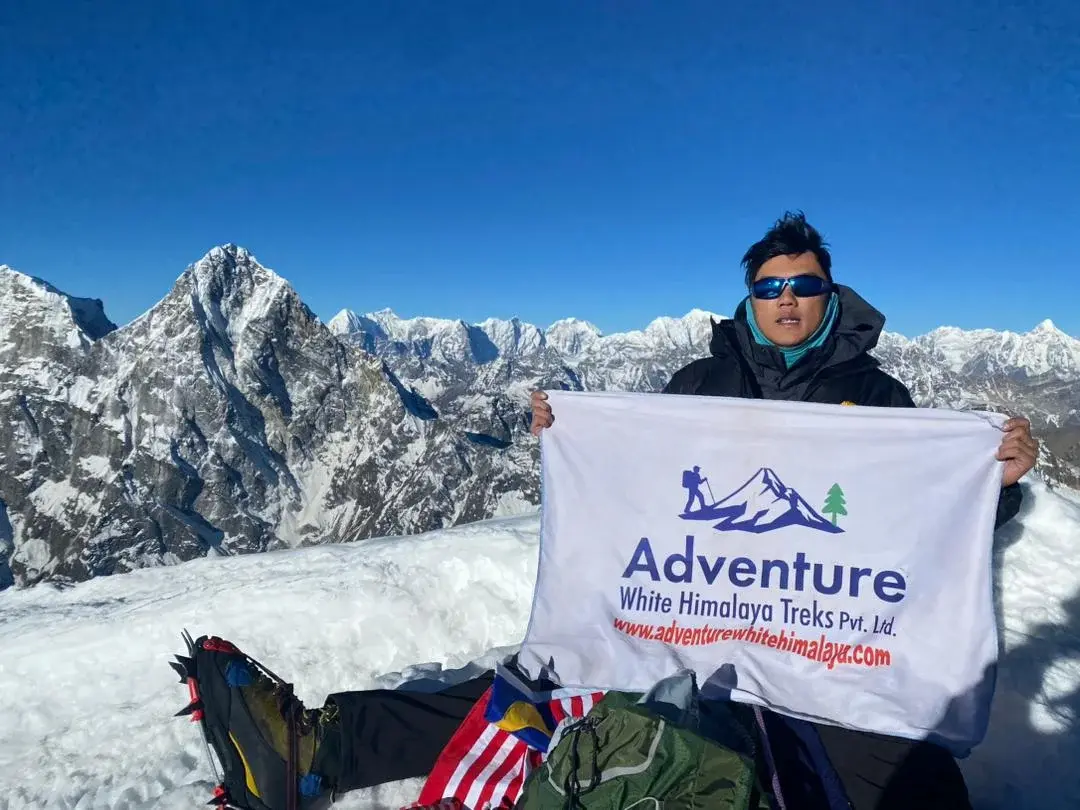Do you have any plans to visit Nepal?

What Is The Best Season For Mardi Himal Trekking?
There are many trekking Himalayas in the Annapurna Region. Among these many Himalayas, the Mardi Trek is a short and famous trail in the Annapurna area. We have four distinct seasons. The four seasons have their natural features and weather conditions—the highest elevation of 4500 meters so altitude sickness difficulties with very low chances.
Mardi Himal weather and temperature depend on Seasonal variations. There are many reasons we can say that spring (March to May) and Autumn (September to November) are the best trekking seasons in Mardi Himal Trek. This season provides a stunning view of the Annapurna region which is the main attracting factor for trekkers.
Trekker is known for its kind people, rich cultural legacy, and breathtaking peaks. The Annapurna Range includes high peaks such as Machapuchare, Annapurna South, and Hiunchuli. Low Camp is located in rhododendron woodlands, which bloom in the spring. Another must-see area is where a brilliant tapestry of flora emerges. This handbook provides legislation, traditions, ecology, wildlife, and safety precautions for your journey. The details of every season are below.
Spring Seasons (March to May)
During this season, Many factors are been ups and downs. Although the trekker prefers the spring seasons for Mardi Himal weather. This season also attracts a high volume of trekkers, contributing to a healthy and sociable atmosphere. The main famous aspect is to be lead to crowed path and teahouse. Overall, spring provides the ideal combination of nice weather and gorgeous floral displays. The breathtaking mountain panoramas, make it one of the best seasons for the Mardi Himal Trek.
Weather and Temperature :
While warm and pleasant daytime temperatures range from 10°C to 20°C (50°F to 68°F). Night-time weather is cool in high altitudes. Otherwise, the weather depends on the whole day’s conditions. Temperatures are also normal.
Scenery:
The itinerary routes are given to the rhododendron blossoms that lend a pop of color to the landscape. Greenery views clear skies and vibrant natural beauty of surrounding in the Annapurna region. This is the short and famous trail after that the crowds are moderate level. Even though less crowds compare to other regions Himalayas. You can see fewer hikers and less traffic.
Autumn Seasons (September to November)
This month also brings post-monsoon, ever-making walking more scenic. The experience of weather conditions confirms that routes are safe and dry. That’s why it is recommended that you secure accommodation and permits ahead of time. Autumn also offers good weather, stunning views,s, and lively natural beauty. It is also an ideal time for trekkers as wise as Mardi Himal weather.
Weather and Temperature:
Daytime temperatures typically range from 10°C to 20°C (50°F to 68°F). Nighttime temperatures are cold, particularly at higher elevations, and there is a risk of freezing. Overall conditions are stable and dry, with a clear sky and a low probability of rain.
Scenery:
During the monsoon rains, the air is fresh and clean, allowing for beautiful views of the mountains. After the monsoon season, the environment becomes lush and green, making the trip more gorgeous and memorable. The autumn season is Nepal’s peak trekking season, so expect to see more hikers on the routes and in teahouses than in other seasons
Winter Seasons (December to February)
This season the routes are less crowded. Higher snowfall is prevalent in high altitudes. The trails are difficult this season but this season allows for a more serene stroll across the breathtaking Himalayan vistas. The sky is frequently clear, providing unimpeded vistas of the snow-capped peaks of Mardi Himal weather.
Weather and temperature:
Expect cold temperatures, especially at higher elevations, and some snowfall. Daytime temperatures can range from 5°C to 10°C (41°F to 50°F). Night-time temperatures can drop well below freezing. While the walk is serene with fewer people and clearer skies, the cold can be challenging. Additionally, some teahouses may close due to poor weather. The most challenging period for trekking towards Mardi Himal is winter. The daylights are limited so the trail will be empty, offering a unique and solitary experience.
Monsoon Seasons (June to August)
This is the universal truth, the monsoon seasons bring heavy rainfall to every region. The heavy rainfall becomes more challenging. Leeches are common in moist weather, which can be a problem for hikers. Furthermore, the frequent rain clouds conceal the spectacular mountain views that the Mardi Himal Trek is famous for, and there is an increased chance of landslides, which can result in route closures and safety concerns.
Weather and temperatures:
Warm temperatures with heavy rainfall, result in slick trails and probably leeches. Daytime temperatures typically range from 15°C to 25°C (59°F to 77°F). The hike is less congested during the monsoon season. The view is breathtakingly green. However, rain and mud can make the paths difficult to travel, and clouds regularly obscure.
Summary of Mardi Himal Weather
Plan your Mardi Himal Trek vacation in the spring (March to May) or autumn (September to November). These seasons provide the best weather and clear mountain vistas. Also, a bright natural environment, results in a memorable and delightful trekking journey.




